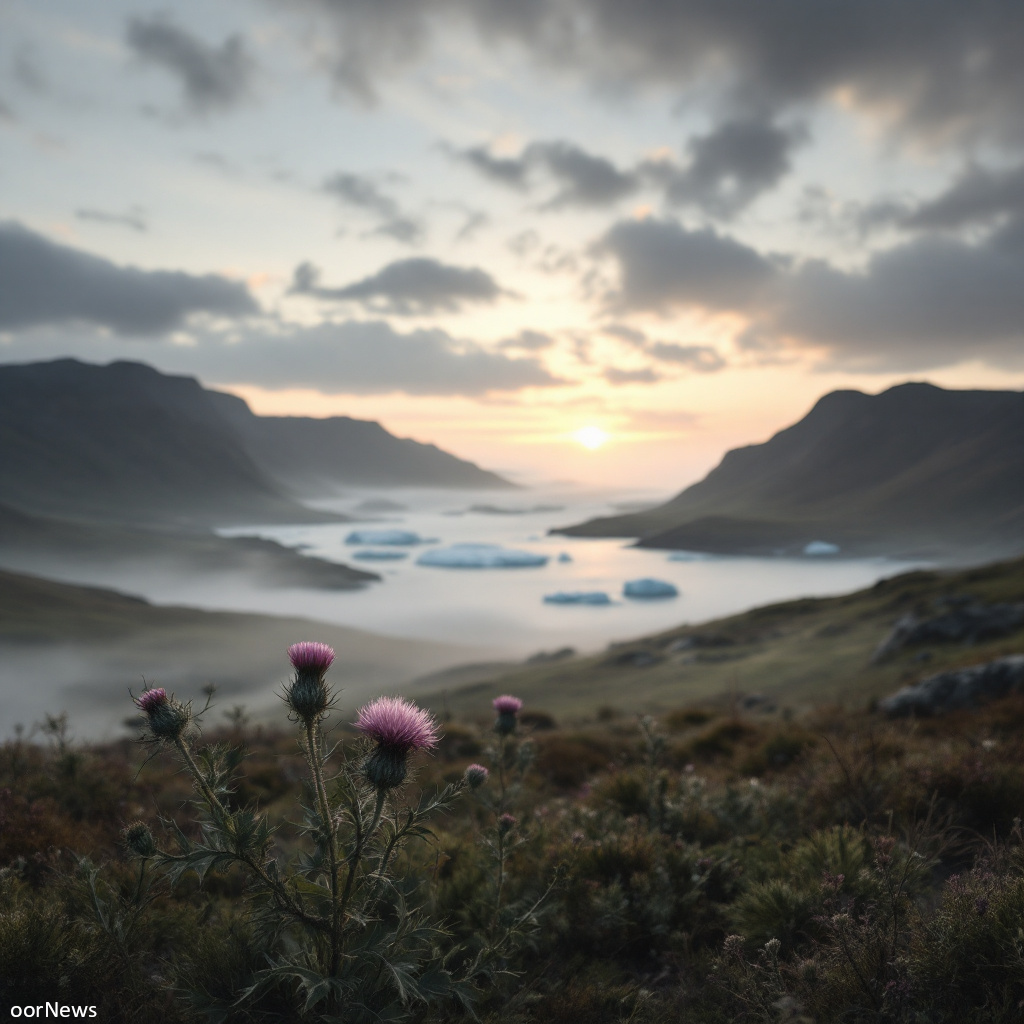Your cart is currently empty!

Greenland jynin the USA: Whit is Freedom in a Chyngin Warld?

A New Daw? Greenland an Scotland Wee-Up Freedom in a Chyngin Warld
In a surprisin twist, President elect Donald Trump haes floated the idea o Greenland gainin freedom fae Denmark by jynin the United States as a state. This proposal raises significant questions aboot autonomy, governance, an the true meanin o freedom for the fowk o Greenland. Currently, Greenland enjoys a heich degree o self-governance as an autonomous territory ithin the Kinrick o Denmark. It haes control ower mony local metters, sic as health an education, but Denmark retains authority ower foreign affairs an defense.
If Greenland war tae become a state in the USA, it wad gain representation in Congress, allouin for a mair direct influence ower its governance. This shift cuid enhance its ability tae shape policies that affect its fowk. Hooanivver, it wad mean adherin tae federal laws an regulations, whit micht limit some aspects o its local autonomy. The crux o the metter lies in hoo we define freedom—whither it is ruited in self-governance or the ability tae influence braider political decisions.
Meanwhile, ower the Atlantic, Scotland finds itsel in a similar debate. Scotland haes its ain pairlament an significant legislative pouer, pairticularly in areas like health an education. Yet, it remains pairt o the United Kinrick, whaur key metters sic as defense an foreign policy are controlled by Westminster. The prospect o Scotland becomin a state in the USA presents a tantalisin opportunity for mair autonomy. Wi the pouers o a State in the USA, Scotland cuid gain mair control ower its affairs compared tae its current situation in the UK. Hooanivver, like Greenland, Scotland wad face the challenge o conformin tae federal laws, whit cuid restrict its legislative independence in certain areas.
Baith Greenland an Scotland staund at a fower-roads, contemplatin the trade-affs o jynin the USA. They cuid gain mair political representation an resoorces, yet they micht gie some local control tae federal authorities. The degree o autonomy ilka region wad experience hinges on the specific arrangements made durin the transition tae statehuid.
Public sentiment is shiftin, wi rumblins on social media suggestin a growin interest in independence or a new alliance wi the USA. This reflects a braider dissatisfaction wi current governance structures. Hooanivver, the feasibility o sic moves depends on political will, public support, an the legal framewarks governin these transitions.
In conclusion, the discussions surroondin Greenland an Scotland’s potential futures pynt oot the complexities o self-determination an national identity. As these regions ponder their paths, the implications for local control an governance remain paramoont in a rapidly chyngin global landscape.